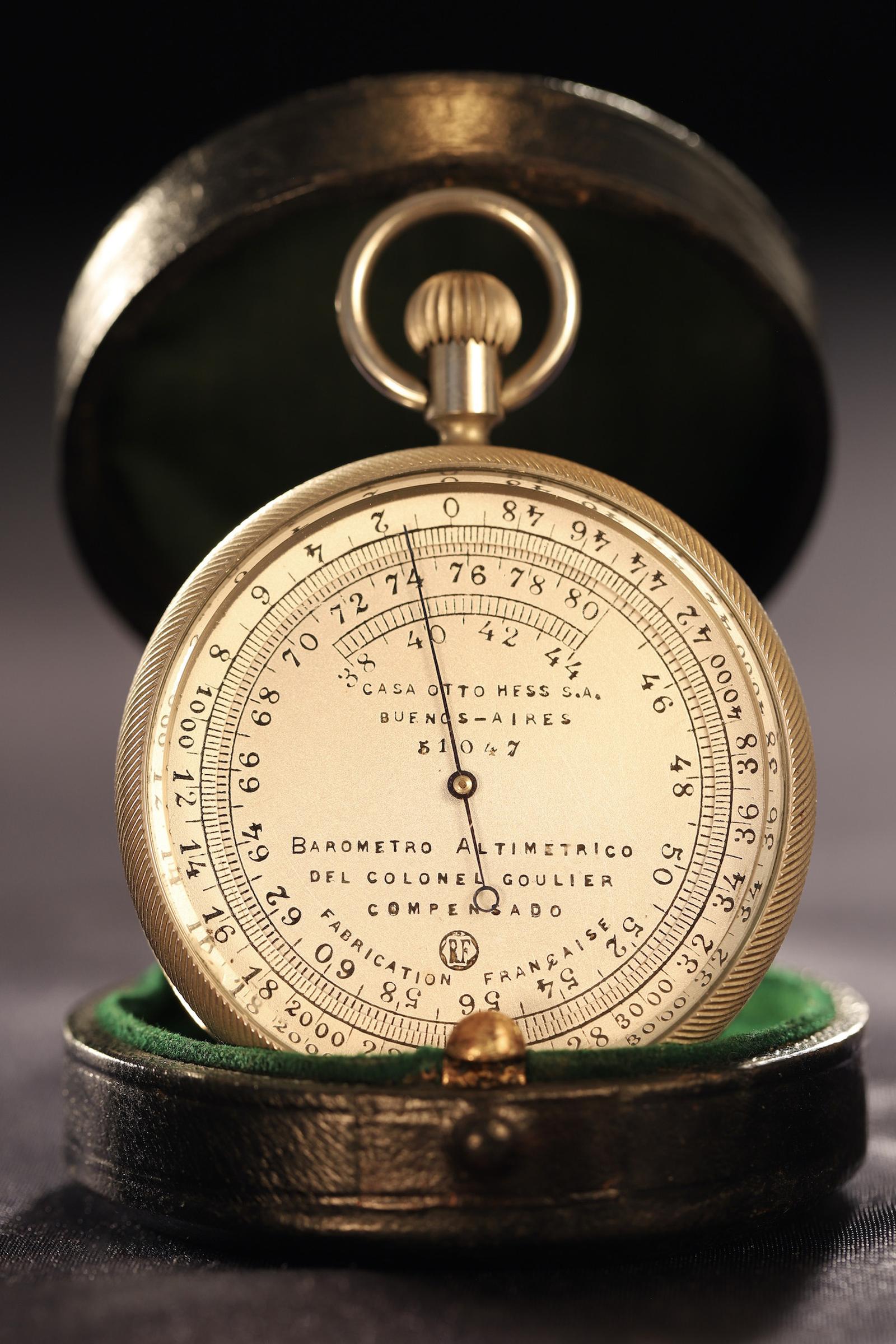Directory and moreAll AntiquesFurnitureSilverArtJewellerySalvageClocksMirrorsChairsGlassCeramicsDirectory and moreBedsBookcasesCabinetsChairsChest of DrawersCupboardsDesksDressersDressing TablesSideboardsStoolsTablesWardrobesBasketsBowlsBoxesCandlesticksCard HoldersCoastersCoffee PotsCondimentsCutleryDecanter LabelsDishesSpoonsVasesCityscape ArtContemporary ArtDrawingsEaselsLandscape ArtMarinescape ArtMiniaturesOil PaintingsPastelPortraitsSeascape ArtStill LifeWatercoloursAntique Bracelets & BanglesBroochesCufflinksDiamond RingsEarringsEngagement & Wedding RingsJewellery BoxesLocketsNecklacesPendantsRingsSets - Demi ParureSolitaire RingsBathsChimneysColumnsDoor Handles / Door Stops / Door KnockersDoorsFireplacesFlooringIndustrial antiquesLocks / KeysReclaimed & Industrial LightingReclamationWindowsBracket ClocksCarriage ClocksClock SetsCuckoo ClocksDial ClocksFusee ClocksGrandfather ClocksLongcase ClocksMantel ClocksPocket WatchesSkeleton ClocksWall ClocksWatchesConvex MirrorsDressing MirrorsDressing Table MirrorsFrench MirrorsGilt MirrorsLarge MirrorsOval MirrorsOvermantle MirrorsPier MirrorsSwing MirrorsToilet MirrorsVictorian MirrorsWall MirrorsArmchairsClub ChairsCorner ChairsCountry ChairsDesk ChairsDining ChairsHall ChairsKitchen ChairsLibrary ChairsOffice ChairsPair of ChairsRocking ChairsWing ChairsAntique Drinking GlassesChampagne GlassesDecantersEpergnesGlass BowlsGlass CruetGlass DishesGlass InkwellGlass JugsGlass SculpturesGlass VasesScent BottlesTantalusAnimal FigurinesBlue and WhiteBowlsChargersChinaCoffee Pots & SetsDinner ServiceDishesFigurinesJugsTea Pots and SetsVases (Ceramic)Business DirectoryLoveAntiques DealersHome & LivingBlogMaterialsPeriodsArtisansOriginsGifts For HimGifts For Her

Vavasseur Antiques

The finest antique aneroid barometers, altimeters, barographs and other scientific instruments of the Victorian and Edwardian eras. We buy, sell, service and repair.
Address
Totnes
Devon
United Kingdom
Opening times
8.00am-8.00pm
Phone
+447879 424877
LoveAntiques Dealersince Jan 2019Approved item174 sales by dealerFree DeliveryAvailable for local pick-up
Goulier Pocket Barometer Altimeter by Jules Richard c.1905
REF: PB2357 / LA469076
£785
€894
$1,047
Secure Payments By
LoveAntiques Dealersince Jan 2019Approved item174 sales by dealerFree DeliveryAvailable for local pick-up
Description
An extremely rare nickel plated aneroid pocket barometer altimeter by Jules Richard no 51047 with scales by Colonel Goulier c.1905.
Pocket barometer altimeter having 2” silvered, engine divided and engraved dial, the outer crown operated altimetric scale calibrated in metres with a range from 0 – 5,000m, divided to 20m, inner part dual concentric barometric scale calibrated in centimetres of mercury with a range from 38cm – 80cm and divided down to 2cm. The upper part marked with teh retailer, “Casa Otto Hess S.A., Buenos-Aires” and serial no. “51047,” the lower part marked “Barometro Altimetrico Del Colonel Goulier,” “Compensado”, "Fabrication Francaise," and displaying the “Rf” logogram for Richard Frères. Fine blued steel pointer, deep bevelled glass.
The high quality cantilevered rack and pinion movement driven from a single 1⅜” nickel silver capsule tensioned on a C spring. All contained in a semi-barrel form case with deep engine-turned spiral finishers, the verso with calibration port, case extension, crown and bow.
Presented in its original high quality, black grained leather over timber, green velvet and silk lined case, snap closure on a button release.
The dial crisp and clean with good definition. The instrument case retaining virtually all its original bright nickel plated finish, the glass showing an almost unnoticeable and very small chip repair at extreme edge of bevel. The travel case in very fine condition, retaining much of its original external lustre, the fabric linings remaining bright and vibrant, the catch and hinge in good order and working correctly. A small piece of leather replaced as original to the button release.
Comments: One of only three of these instruments we have had the privilege of examining, all aspects suggest the highest quality and manufactured by what may well be regarded as one of Europe’s finest innovators, designers and makers. Production of this pattern was likely very limited – larger instruments of essentially the same pattern are noted, though they themselves are very infrequently found.
The movement, though based on a pressure sensing capsule, is a much developed piece of engineering from the original Vidie design. Vidie transmitted the signal from the capsule to the dial through pivoted levers and a fine chain – a system not without its drawbacks, particularly those of friction and thermal expansion. This Richard design transmits the signal through an innovative arrangement where, working back from the pointer, the arbor, pivoted top and bottom, maintains a return spring and a fine pinion which is driven from a rack. The rack is also finely pivoted top and bottom and driven from the sensing capsule via a pivoted rocking platform connecting the rack to the bridge at two points of contact. This is of the order of fine watchmaking than more prosaic barometer making.
In my view this is probably the finest design for a pocket barometer to originate from the C19th.
Of particular interest is the Goulier scale, an innovation on the more usual altimeters. From the Jules Richard catalogue of 1907, which displays a later model (translated from the French):
"Ordinarily, in barometers with a mobile altitude dial, the pressures are divided into equal parts and those of the altitudes into unequal parts. This practice is reprehensible, because, when the altitude dial is moved, its graduation is no longer in relation to the initial point where it was taken. In the Goulier altimetric barometer, it is the division of the pressures which is into unequal parts and that of the altitudes into equal parts; one can thus move this one in any direction, it always agrees with the division of the pressures."
measurements
Width:
2.5 in
Depth:
1.25 in
Length:
3.25 in
declaration
Vavasseur Antiques has clarified that the Goulier Pocket Barometer Altimeter by Jules Richard c.1905 (LA469076) is genuinely of the period declared with the date/period of manufacture being c.1905
condition
The subject of a full service, conservation, and calibration under laboratory conditions. The movement working well with very acceptable levels of accuracy, see performance chart.
additional info
Period:
Material:
Date of Manufacture:
c.1905
location
This Goulier Pocket Barometer Altimeter by Jules Richard c.1905 is located in Devon, United Kingdom
Share:
A selection of items from Vavasseur Antiques
Vavasseur Antiques has 100 items available.Vavasseur Antiques
Magnificent Bronze Statue of an American Bison After Alfred Barye c.1900
£ 1,850
€2,106
$2,468
Magnificent Bronze Statue of an American Bison After Alfred Barye c.1900
£ 1,850
€2106
$2468
Vavasseur Antiques
Vavasseur Antiques
Very Early Negretti & Zambra Barometer No 278 c.1865
£ 475
€541
$634
Vavasseur Antiques
Unusual Victorian Singer Style Compass by Barker c.1880
£ 415
€472
$554
Vavasseur Antiques
Georgian Gilt Brass Long Necked Compass c.1810
£ 385
€438
$514
Vavasseur Antiques
Silver Pocket Barometer Altimeter Retailed by Asprey c.1905
£ 785
€894
$1,047
Vavasseur Antiques
RNLI Fishermans Marine Barometer by Negretti & Zambra No 1074 c.1884
£ 575
€655
$767








